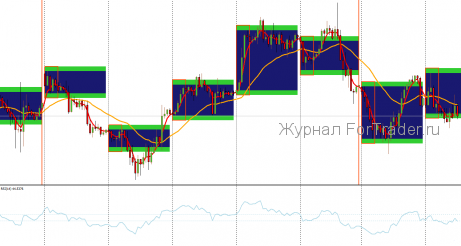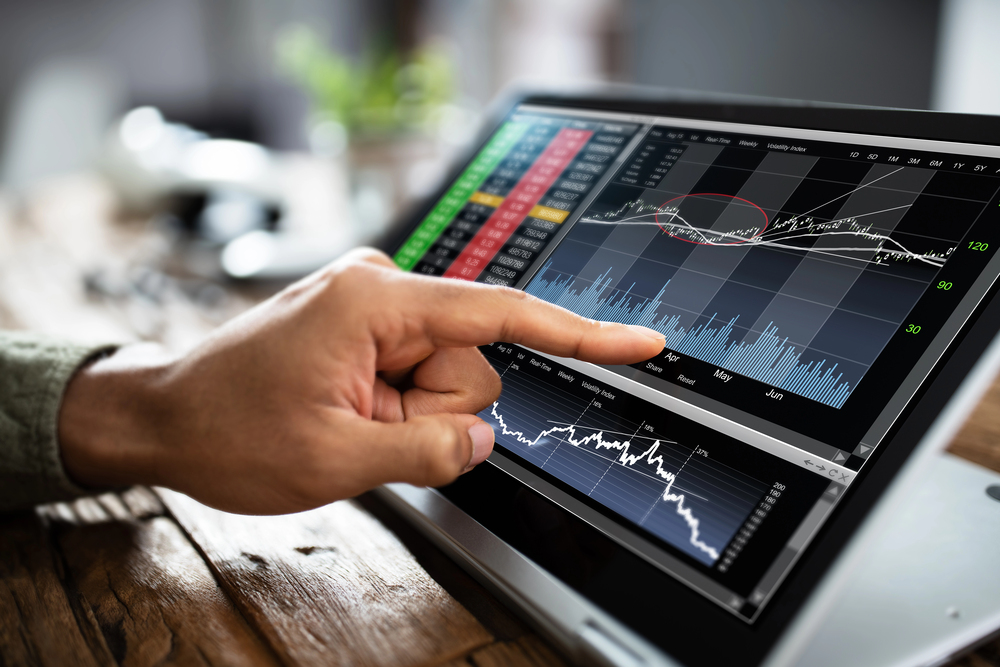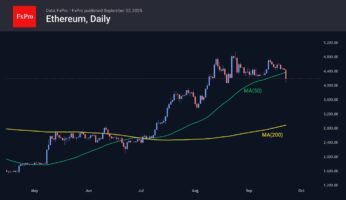In the Forex currency market, not only the direction of a trade matters, but also its volume. Even a small price movement can bring significant profit or loss depending on the lot size you trade. That’s why understanding what a lot is and how it affects trading results is a fundamental basis for any trader. Without this knowledge, it’s impossible to properly manage risks or build a trading strategy.

Contents
- Definition of a Trading Lot
- Types of Lots
- How Lot Size Relates to Price Movement (Pips and Point Value)
- How to Choose Lot Size
Definition of a Trading Lot
Trading Lot in Forex is a standard unit for measuring the volume of a trade. In other words, it shows how many units of the base currency you are trading when opening a position. One standard lot equals 100,000 units of the base currency, but brokers also offer smaller sizes—mini, micro, and even nano lots. Thus, the volume determines how sensitive each price movement is for you: the larger the lot, the higher both potential profit and possible loss.
In Forex, the trading lot size is used to measure the amount of currency traded in a contract. When making a trade, a trader selects a position size that is a multiple of the standard lot, thereby determining how much currency is involved in the transaction. Depending on this, risks and potential profit change.
Exchange Lot is a unit of trades, a batch of goods, or a specific quantity of an asset of the same type. The number of assets in one lot is determined by the rules of the respective exchange. It can be full (round lot) and represent a package of 10, 50, 100, etc. securities, or incomplete (odd lot, broken lot)—a part of a full lot.
Types of Lots
Several types of lots are used in Forex trading, differing in size. The classic is the standard lot, equal to 100,000 units of the base currency. This is a large volume, suitable for experienced traders or those with a high deposit. For more flexible trading, brokers offer reduced options.
Mini-lot is 10,000 units (0.1 lot) of the base currency and allows reducing risks compared to the standard size. Micro-lot equals 1,000 units (0.01) and is often used by beginners, as it allows controlling trades and learning capital management even with a small deposit. Some brokers also offer nano-lots—just 100 units (0.001), enabling trading with minimal amounts and almost eliminating strong drawdowns.
Thus, traders can choose from the most cautious trades on nano-lots to serious volumes on standard lots. This allows everyone to adapt trading to their experience, strategy, and deposit size.
How Lot Size Relates to Price Movement (Pips and Point Value)
To understand the impact of lot size on trade results, it’s important to know what a pip is. In Forex, a pip is the smallest price change for a currency pair, usually the fourth decimal place (for example, from 1.1000 to 1.1001). Each such step has a monetary value, which directly depends on the chosen lot size.
Thus, the larger the trade volume, the stronger each small price movement affects your account. This can bring significant profit with a correct forecast, but in case of a mistake, losses also increase. Therefore, the right choice of lot size is directly related to risk management.
How to Choose Lot Size
Choosing the trade volume is one of the key moments in trading. It’s important to consider not only the desire to earn, but also the actual deposit size. Opening too large a lot with a small account can quickly lead to loss of funds, even with a minor price move against you. That’s why traders use the rule: risk in a single trade should not exceed 1–2% of capital.
Lot size also depends on trading style:
- Scalpers, who open many trades per day, often work with small volumes to reduce risks.
- Long-term traders may use larger lots, as they have a deposit buffer to withstand fluctuations.
- In any case, a wise choice of volume is a balance between potential profit and acceptable losses.










